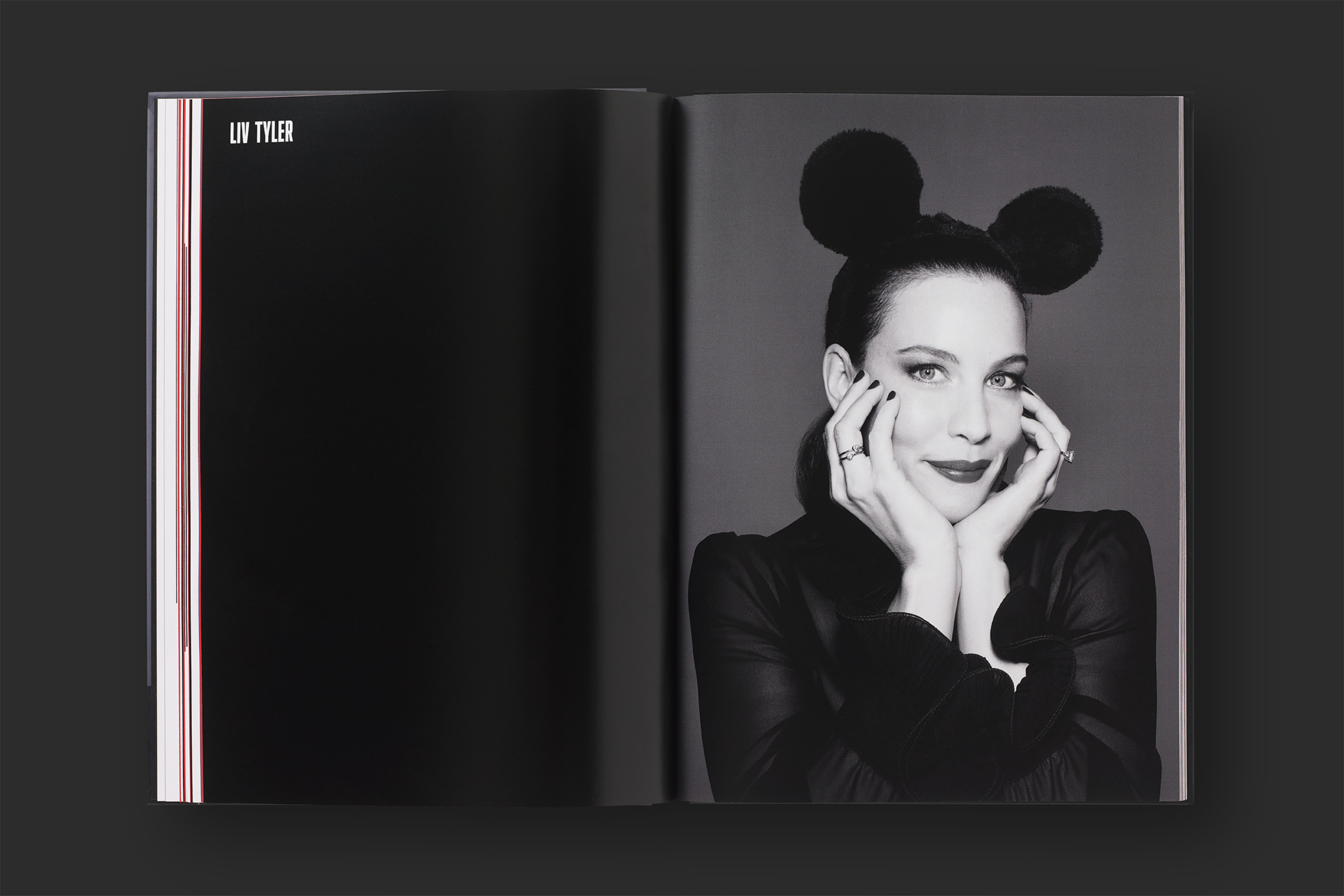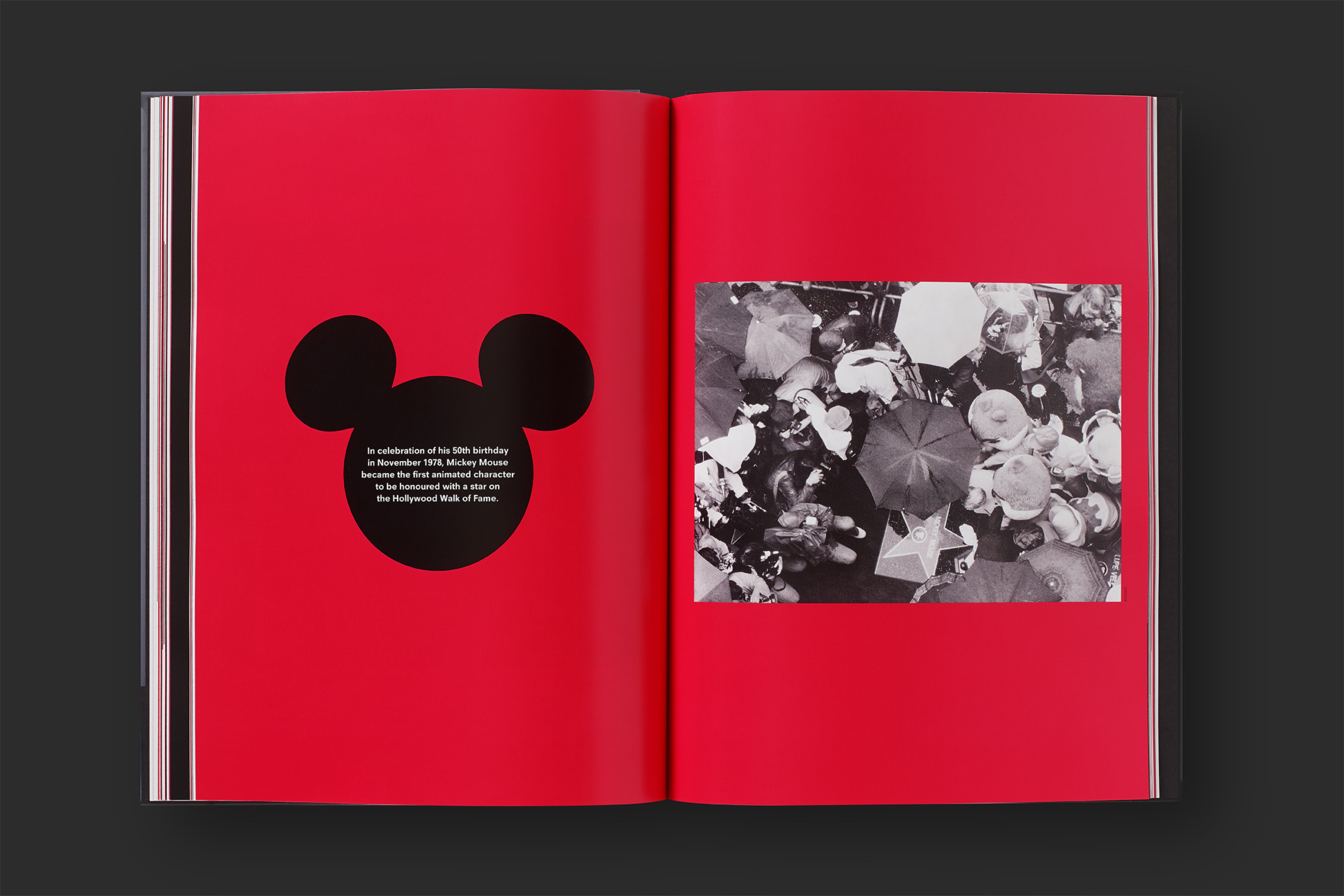My book, The Story of Emoji (published by Prestel, 2016) traces emoji from their origin as a kind of symbol typeface created specifically for a Japanese mobile phone provider in the late 1990s to an international communication phenomenon.
As well as a history of emoji and an interview with their creator, Shigetaka Kurita, the book (art directed by design studio FL@33) includes an exploration of non-text typefaces, from the decorative fleurons of the early days of the printing press to the innumerable digital typefaces available today, to the use of emoticons, ASCII art, and kaomoji in typed messages.
It also looks at an array of artworks, fashion lines, special character sets, advertisements, and projects that convey emoji’s widespread impact on contemporary culture. Finally, the book concludes with a section for which a group of illustrators, artists, and graphic designers have created original emoji characters they wish existed, including bacon, a vinyl record, and even a stabbed-in-the-back emoji.
Between finishing the book and its launch date I curated, designed and produced an exhibition – with no small amount of assistance from Tommi at FL@33, Steve Day, and Danielle Pender) for London’s KK Outlet gallery space.
WHAT THE PRESS SAID
“Aubergines are no longer merely aubergines.”
London Review of Books
“This thoroughly researched, entertaining tome traces the history of everyone's favourite communication enhancer.”
Cool Hunting
“The Story of Emoji digs deep into the genesis of emoji, their slow burn progress and subsequent explosion into the popular consciousness. If emoji could write, this book would be their autobiography.”
Vice
“From ❤ and 😂😜😡, to icons depicting 👍 or 👎, 🍰, 🏠, 🐱 (aww!) and the ☀️☔️, emoji are used by millions each day across 📱 and 💻. With more detail than a dingbat and more expression than an emoticon – :-D ;-) :-\ – they enable us to harness the potency of symbols in our everyday communication. In his 👌🆕 📖, The Story of Emoji, Gavin Lucas charts the rise of these pictorial characters which, despite their size, are now ubiquitous in the digital landscape.”
Creative Review
“According to linguists, emoji may be the fastest-growing form of language in history–but their roots date back 40,000 years. This deep dive explores everything from 1963's ‘riginal smiley,’ by American commercial illustrator Harvey Ball, to emoji's role in literature (an emoji translation of ‘Moby Dick’) and tech (emoji rather than digit based banking passwords).”
The Wall Street Journal
“We really do 💗💖💕 this book!”
Because
Photos by FL@33.








































































































